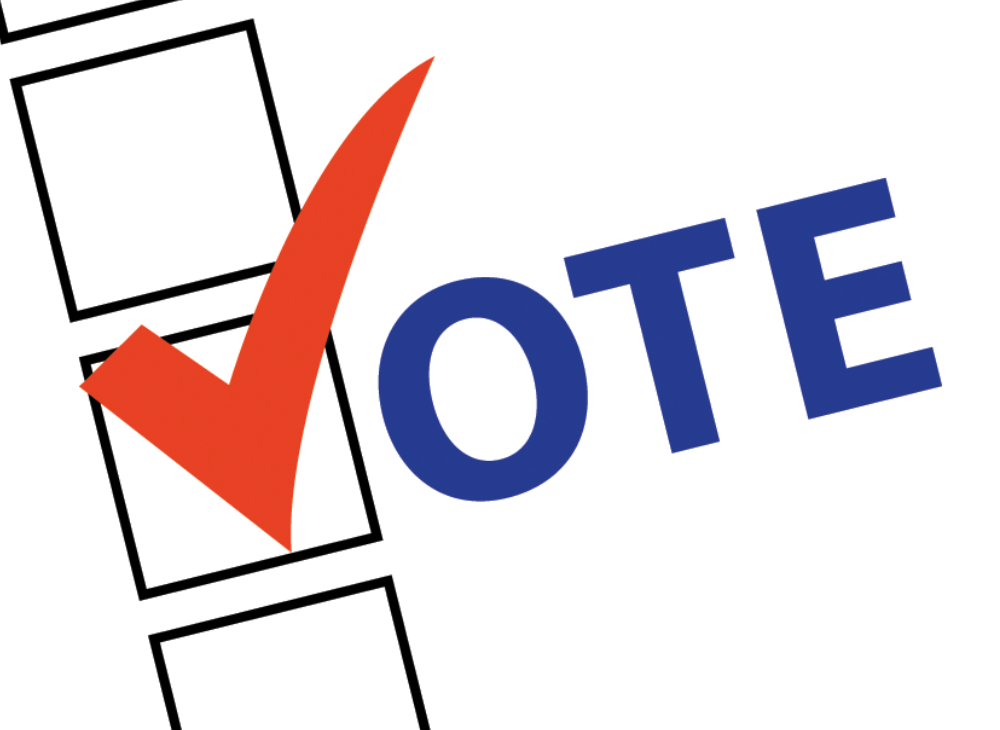Elections provide food for thought
December 12, 2018
Brian Rushing | Rushing Media & Reimagine Marketing
December 12, 2018By votes of 704 to 403, and 311 to 189, a miniscule number of Terrebonne Parish voters Saturday approved renewal of taxes for Lighting District 1 and Lighting District 5, ensuring their continued ability to purchase equipment and services.
The method of financing street lighting is among the more complex in Terrebonne Parish’s election scheme, a combination of practices dictated by old ward politics and necessities of modern accounting and budgeting methods.
The complex web of laws and practices that govern lighting districts in Terrebonne Parish can be daunting. And while officials have been helpful with answers to questions about the structure of road lighting and how much taxpayers actually contribute, questions persist.
Taxes are billed in increments called mills. A mill is one 1,000th of a currency unit. For tax purposes, one mill is equal to $1 in property tax for every $1,000 of a property’s taxable value. Voters approved a 10-year authorization Saturday for two of Terrebonne’s ten lighting districts to impose a tax equaling up to 6.5 mills per year.
Some taxpayers have questioned why the 6.5 mills is listed as a renewal, when the prior authorization was for the lighting districts concerned to tax up to 5.9 mills.
The answer, according to Terrebonne Assessor Lonnie Grabert and other officials interviewed Monday, lies in how properties are assessed for tax collection purposes. In 2016 properties were re-assessed, resulting in a change of how much tax would or could actually be collected on their new values. The 6.5 mills requested would amount to the same amount of dollars collected as would be on the old authorization of 5.9, due to the change in property values.
So, if Lighting District 1 collected $70 from a homeowner in 2018, the resulted formula would still result in collection of no more than $70 from that same home owner in 2020, when renewal goes into effect.
Complicating matters even more is the fact that lighting districts in Terrebonne have never actually billed taxpayers the maximum amount allowed. They are only permitted to bill for what they have actually spent, since lighting districts are not permitted by law to have fund balances or keep any type of savings. Some misunderstandings can arise, officials agreed, because accountings used for parish government budgets or audits versus certain figures kept by the state or what appears on a particular individual’s tax bill can vary.
“All of the road lighting districts are separate funds when we show them in our audit,” explained Terrebonne CFO Kandace Mauldin.
Money that shows up in a parish budget as dollar figures for road lighting expenses is actually the same money that has been collected on behalf of the lighting districts.
The boundaries of those districts are based on the old ward designations prior to Terrebonne Parish’s consolidation of government and adoption of the Parish Council system. Several lighting districts, therefore, may now exist within the boundaries of one council member’s district.
According to state law, any lighting district in Terrebonne Parish could levy a tax of up to 10 mills in a given year. No parish lighting district has ever done so, however. In 2017 Lighting District 1 levied a tax equal to five mills, and in 2018 levied only 3.75.
The officials who make the concrete determinations on what a particular lighting district needs are the parish’s council members.
Determining how much a lighting district will need in a given year is affected not only by the number of bulbs needing replacement or poles needing repair.
Parish Manager Mike Toups said financial needs can be difficult to predict because in Terrebonne different utility sources may be involved with those aspects of light maintenance, as well as placement of new lighting when subdivisions are approved.
“Terrebonne is unique in that we have three different utility companies that supply electricity even in the City of Houma,” Toups said. “There is SLECA, Entergy and the utilities provided by Terrebonne Parish. All of their rates and costs are determined by the Louisiana Public Service Commission.”








